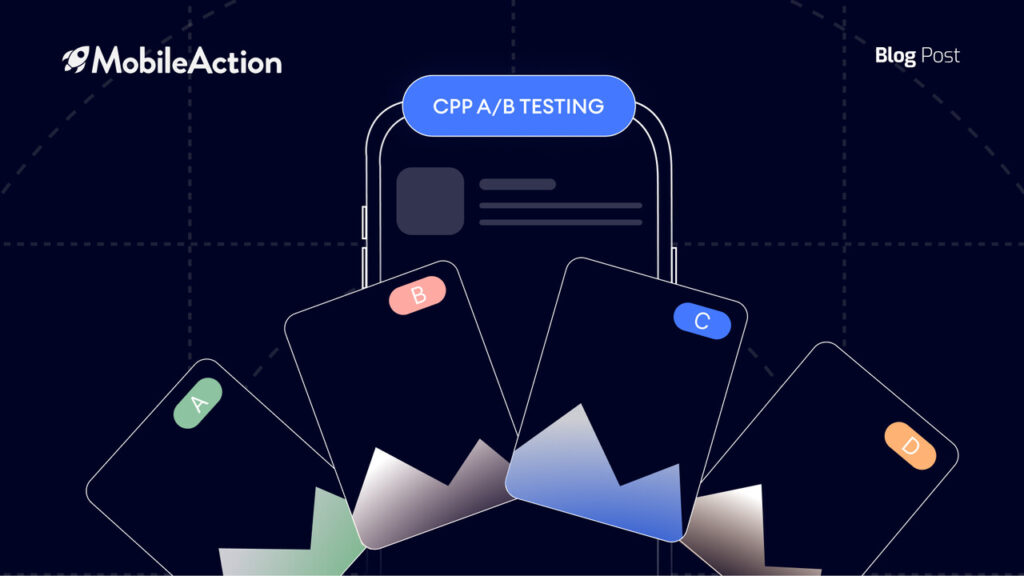Apple Ads have long been a key driver of app growth.
In a notable update to its measurement framework, Apple has introduced view-through Attribution (VTA) on March 27, offering a broader perspective on how impressions influence installs, even when users don’t tap the ad right away.
In addition, Apple Ads is now registered with AdAttributionKit (fka SKAdNetwork), giving advertisers a privacy-first way to measure campaign performance.
These changes reflect the industry’s shift towards enhanced user privacy while providing marketers with more comprehensive performance insights.
Here’s what you need to know to adapt and thrive.
AdAttributionKit support
Apple Ads now supports AdAttributionKit, starting initially with SKAdNetwork versions 1-3. AdAttributionKit allows advertisers to measure the effectiveness of their ads while fully respecting user privacy, ensuring compliance with Apple’s privacy-first data protection policies. AdAttributionKit provides essential campaign insights without compromising user data.
This integration is crucial because it allows you to:
- Measure unified attribution across Apple Ads and third-party networks
- Maintain user privacy through Apple’s privacy-centric attribution model.
- Future-proof measurement strategies with upcoming AdAttributionKit (AAK) support.
What is view-through attribution?
Apple Ads is also expanding how conversions are measured with view-through attribution.
View-through attribution credits an install to an impression if the user downloads your app within 24 hours of simply viewing the ad.
It’s especially helpful in capturing those delayed installs that happen after a user is reminded of your app, but not necessarily through a direct tap.
By measuring these additional conversions, advertisers can get a more holistic sense of how their Apple Ads campaigns perform.
Here’s a quick illustration: imagine someone discovers your ad while checking the App Store’s Search tab, but doesn’t tap.
A few hours later, they recall the app and install it directly via an organic search.
Before view-through attribution, this install would go uncredited to the ad. Now, thanks to view-through attribution, you can see the broader impact your ad impressions have on user behavior.
If you’d like a deeper dive into view-through metrics, check out our earlier blog post: Apple Ads introduced view-through metrics, so how can you use them?
Why does view-through attribution matter?
Tap-based metrics often overlook the “silent influence” of ad impressions, where users recall your ad later and install your app without ever tapping.
By capturing these delayed installs, view-through attribution delivers a fuller understanding of your campaigns’ total impact.
1. Full-funnel insight
Tap-through metrics show you direct installs triggered by a single tap, but view-through attribution highlights users who need more time or a second reminder.
This dual view presents a better understanding of your campaign’s top- and mid-funnel performance.
2. Refined budget allocation
When you know the true number of installs influenced by your ads, you can make better decisions about allocating your budget.
Ads that might seem underperforming from a tap-through perspective could be delivering significant incremental installs.
3. Improved ROI evaluation
A campaign that once appeared to have a high cost per acquisition (CPA) may have a much lower CPA when you consider view-through attribution-driven installs. By factoring in these “invisible” conversions, you get a more accurate measure of your overall return on investment.
How to see the bigger picture with MobileAction
This part of the article outlines how Apple’s latest updates will be reflected in the MobileAction dashboard and what advertisers need to do to take advantage of them.
With view-through attribution, every impression counts. By expanding your measurement framework beyond the immediate tap-through, you get a complete perspective on user engagement and install behavior.
Right now, you can already access VTA data directly through Apple Ads’ native dashboard or API. MobileAction will also seamlessly integrate VTA into its platform in May, allowing you to observe both immediate and delayed conversions in a single, holistic dashboard.
This addition will build on MobileAction’s commitment to providing clear, actionable data that helps you optimize campaigns in real-time.
Following the upcoming update in May, to view view-through attribution metrics within the MobileAction dashboard, you will need to manually enable this setting in your MMP. This is separate from Apple Ads’ native reporting, where VTA data is enabled already.
Once enabled, you’ll start seeing view-through data in your reports, often with the added bonus of 30 days of historical metrics once activated. These insights can quickly reveal untapped opportunities and refine your campaign strategies.
This update offers the chance to connect the dots between an ad impression and a later install, and MobileAction is here to help you make the most of it.
While others chase impressions, you’ll understand what truly drives installs. See the full picture with MobileAction. Book your demo and start making smarter moves.
Also, be sure to check out:
The ultimate guide to Apple Ads by MobileAction
MobileAction’s 2025 Apple Ads benchmark report




